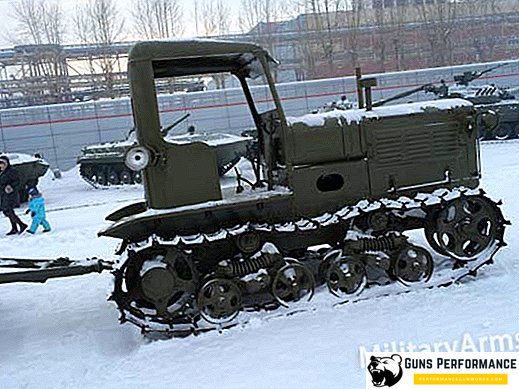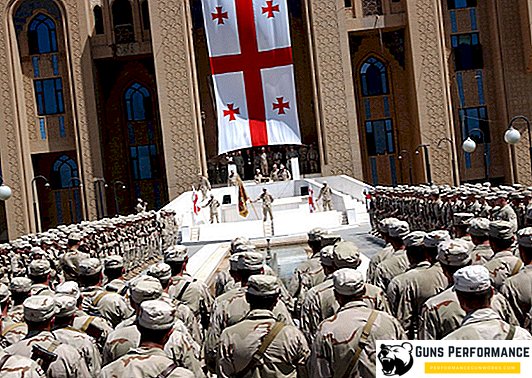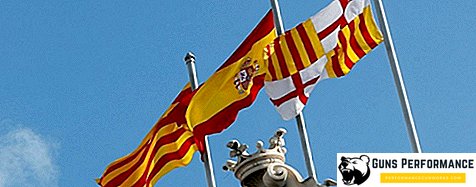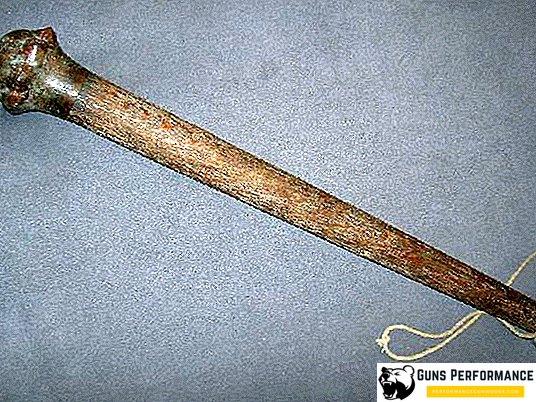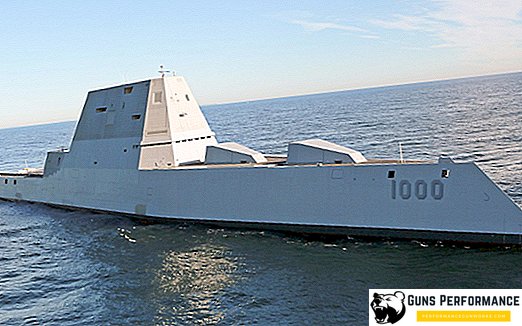
The STZ-3 tractor (ASHTZ-NATI) is the first domestic mass-produced artillery tractor. The tracked vehicle is designed to be transported in a towed manner in the off-road conditions of heavy artillery systems. The tractor was built on the basis of an agricultural machine, but was mainly used as an artillery tractor.
Development of artillery tractor design on the basis of an agricultural tractor
In the Soviet Union, they took the problem of providing artillery with means of transportation quite seriously. At the beginning of the 30s, the Stalingrad Tractor Plant and a similar enterprise in Kharkov started to produce the first domestic wheeled and tracked tractors that would later form the main fleet of transporters for Soviet artillery units.
The first original domestic development in this direction was the tracked tractor STZ-3. The project appeared in 1933. Four years later, after a successful demonstration at the international exhibition in Paris, it was launched into mass production.
Soviet designers developed two modifications of the equipment at once: an agricultural tractor and an artillery tractor. In the latter version, serial production was carried out in two stages.
The first production machines were manufactured in Stalingrad at the STZ and in Kharkov at the tractor factory, from 1937 to 1941. In the future, the release of the tractor was adjusted to the Altai Tractor Plant in the city of Rubtsovsk. Tractors of this brand were produced in Altai until 1952. Total industry gave the country more than 200 thousand tractors STZ-3 (NATI).

Technical parameters and characteristics of the tractor STZ-3
- Weight - 5.1 tons
- Length - 3.84 m, width 1.7 m, height - 2.26 m, ground clearance - 360 mm.
- Weight of towing trailer - up to 4.5 tons.
- Diesel engine, power - 52 hp
- The maximum speed is 8 km / h.
- Power reserve - 60 km.
The STZ-3 tractor was used during the Great Patriotic War as an artillery tractor capable of transporting artillery systems weighing up to 4 tons on roads with any surface. After the war, the main part of the tractor was transferred to the national economy.
Photo tractor STZ-3
